Creating a garden that teems with life is a dream for many nature enthusiasts. Birds and butterflies bring color, movement, and natural harmony, turning your outdoor space into a living ecosystem. But how do you attract these beautiful creatures to your garden? The answer lies in smart plant selection.
This guide explores the best garden plants that attract birds and butterflies — from nectar-rich perennials to berry-bearing shrubs — and offers tips to make your garden a wildlife-friendly haven.
Why Attract Birds and Butterflies?
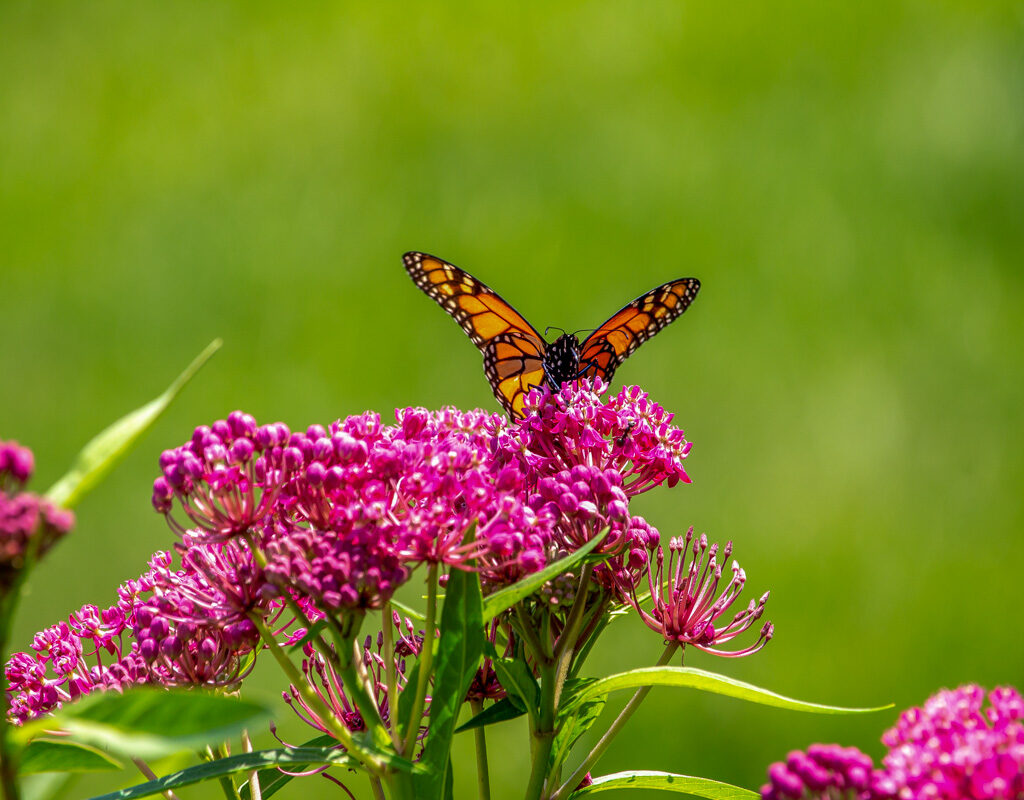
Before diving into the plant list, it’s essential to understand the ecological and personal benefits of inviting birds and butterflies into your garden:
- Pollination: Butterflies and some birds (like hummingbirds) are crucial pollinators.
- Pest Control: Birds feed on garden pests, providing natural pest management.
- Biodiversity: A diverse garden is a healthy garden. Wildlife presence increases resilience.
- Aesthetic Appeal: The flutter of wings and bursts of color add unmatched beauty and tranquility.
- Educational Value: Great for children and adults to learn about nature up-close.
Top Plants That Attract Butterflies
1. Milkweed (Asclepias spp.)
- Why it works: Monarch butterflies lay their eggs exclusively on milkweed. Its nectar also feeds various other butterfly species.
- Best variety: Common milkweed or swamp milkweed.
- Bonus: Drought-tolerant and low-maintenance.
2. Butterfly Bush (Buddleia davidii)
- Why it works: Produces abundant nectar throughout summer.
- Best variety: Dwarf or sterile cultivars to avoid invasiveness.
- Care tip: Full sun and well-drained soil ensure maximum flowering.
3. Coneflower (Echinacea purpurea)
- Why it works: Long-lasting summer blooms rich in nectar.
- Attracts: Swallowtails, painted ladies, and bees.
- Bonus: Its seeds are loved by goldfinches in the fall.
4. Lantana (Lantana camara)
- Why it works: Produces brightly colored clusters full of nectar.
- Attracts: Butterflies in droves, especially in warm climates.
- Note: Can be toxic to pets, so use cautiously.
5. Zinnia (Zinnia elegans)
- Why it works: Easy to grow and blooms from mid-summer to frost.
- Best use: Plant in masses for a butterfly magnet effect.
- Care tip: Deadhead regularly to prolong blooming.
Best Plants That Attract Birds
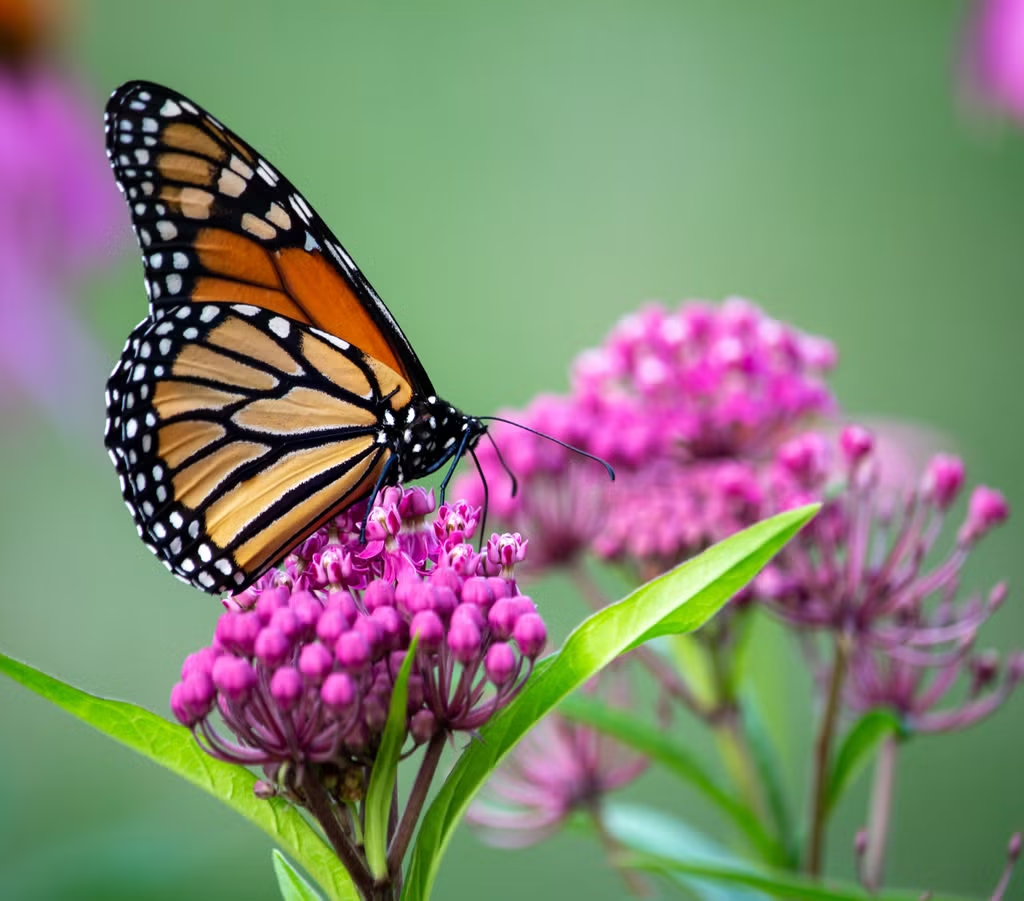
6. Sunflower (Helianthus annuus)
- Why it works: Seeds are a favorite food for finches, sparrows, and chickadees.
- Added benefit: Tall stalks offer perching spots.
- Bonus: Attracts bees during flowering stage.
7. Serviceberry (Amelanchier spp.)
- Why it works: Berries feed robins, cardinals, and thrushes.
- Other features: Lovely spring blossoms and vibrant fall color.
- Growing conditions: Prefers full sun to partial shade.
8. Elderberry (Sambucus canadensis)
- Why it works: Birds flock to its small, purple-black fruits in late summer.
- Bonus: Its flowers are edible and great for pollinators.
- Soil needs: Moist, well-drained soil.
9. Black-Eyed Susan (Rudbeckia hirta)
- Why it works: Nectar-rich flowers attract butterflies; seeds attract finches and sparrows.
- Growing tip: Full sun for best blooms.
- Bonus: Tolerant of drought and poor soil.
10. Holly (Ilex spp.)
- Why it works: Its berries feed birds during winter when food is scarce.
- Varieties: American holly, winterberry.
- Note: Plant male and female plants for berry production.
Dual-Attracting Plants: Best of Both Worlds
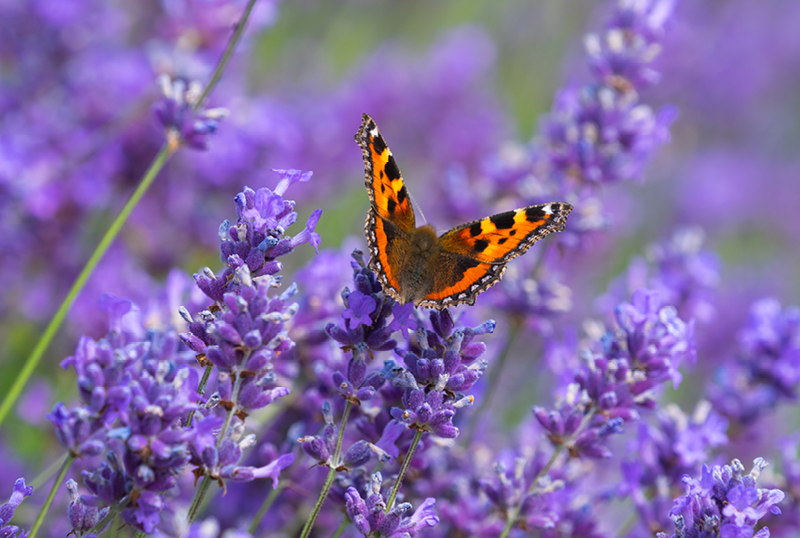
11. Bee Balm (Monarda didyma)
- Attracts: Hummingbirds, butterflies, bees.
- Bonus: Highly aromatic, with a minty scent.
- Best use: Cottage gardens or butterfly beds.
12. Coral Honeysuckle (Lonicera sempervirens)
- Attracts: Hummingbirds and butterflies.
- Growth habit: A fast-growing vine — great for fences or trellises.
- Care tip: Avoid invasive Japanese honeysuckle varieties.
13. Joe-Pye Weed (Eutrochium purpureum)
- Attracts: Large butterflies and songbirds.
- Soil preference: Moist soil and partial shade.
- Why it works: Late-summer blooms provide late-season nectar.
Tips for Designing a Bird- and Butterfly-Friendly Garden
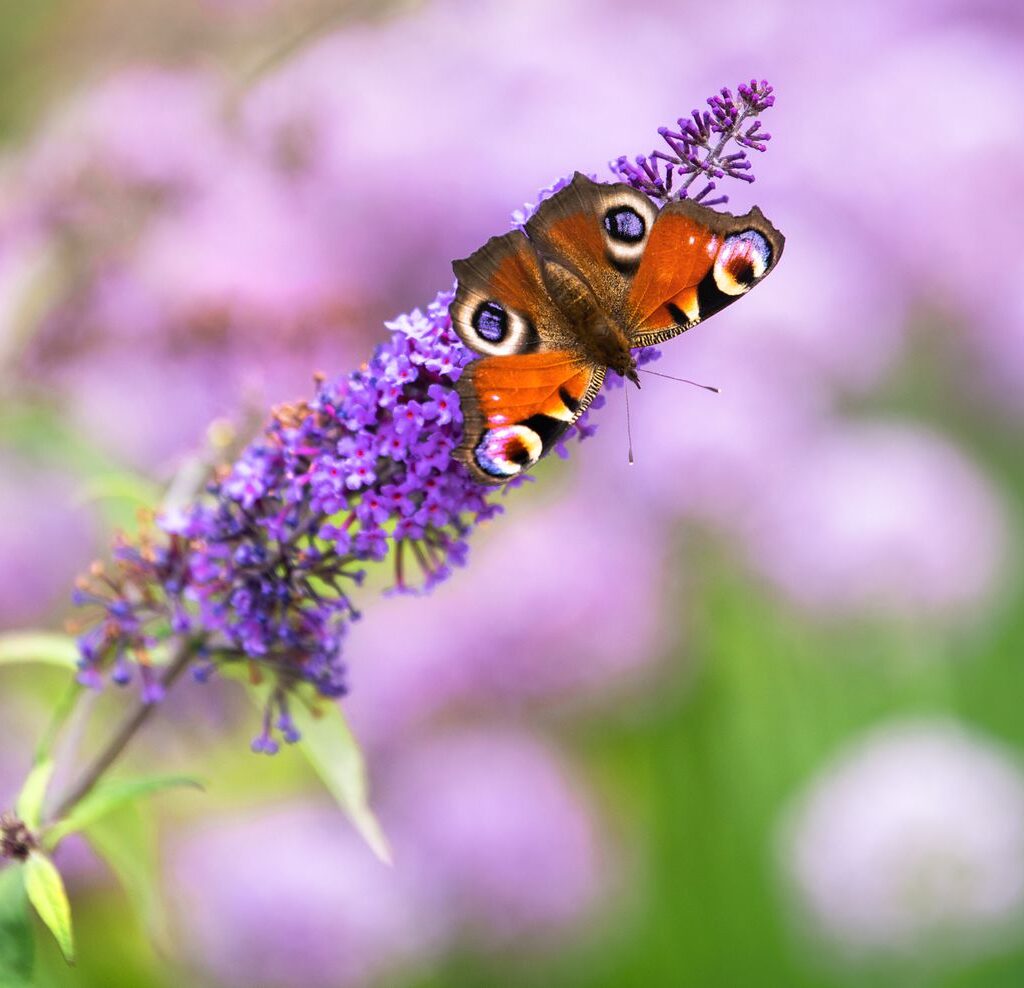
Creating a vibrant garden isn’t just about plant choice. Here are design strategies to optimize attraction:
1. Use Native Plants
Native species are adapted to your local climate and more attractive to native wildlife. They also require less maintenance.
2. Diverse Bloom Times
Ensure continuous blooming from spring to fall. Butterflies and birds need year-round sustenance.
3. Layered Planting Structure
Tall trees, shrubs, and groundcovers provide shelter and nesting spots for birds and different foraging heights for butterflies.
4. Avoid Pesticides
Even organic pesticides can harm pollinators. Practice integrated pest management and focus on natural pest control methods.
5. Provide Water Sources
A shallow birdbath or a butterfly puddling station (wet sand with minerals) adds essential hydration options.
Additional Garden Features to Support Wildlife
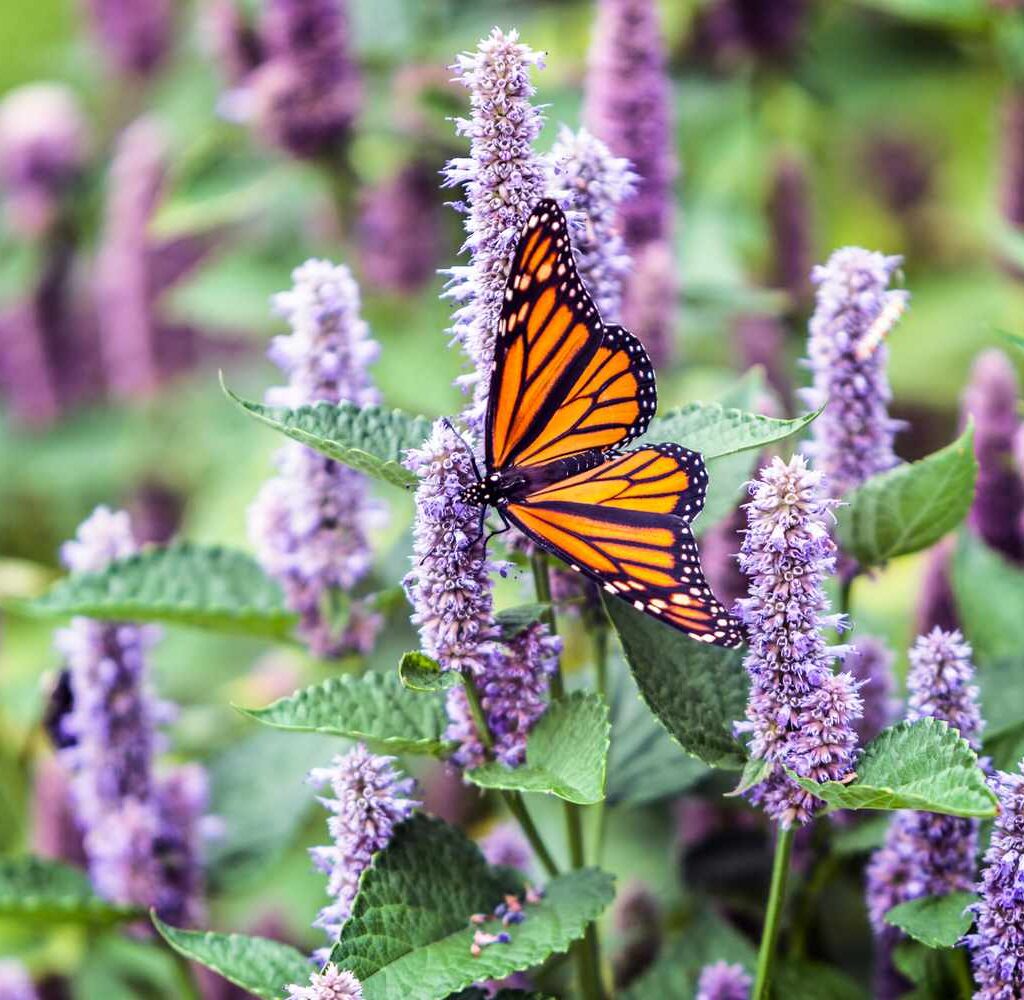
- Bird Feeders: Supplement plant-based food sources, especially in winter.
- Butterfly Houses: Provide shelter from rain and predators.
- Compost Piles: Encourage insects that birds feed on.
- Brush Piles and Logs: Offer shelter for ground-dwelling species and nesting materials.
Closing Thoughts
Planting a garden that welcomes birds and butterflies is one of the most rewarding ways to connect with nature. From the brilliant monarch fluttering over a milkweed patch to goldfinches pecking at sunflower heads, each moment becomes a living postcard of natural harmony.
By choosing the right mix of native plants, ensuring seasonal variety, and creating a supportive environment, you can transform even a small outdoor space into a vibrant wildlife paradise.
So grab your gloves, pick your favorites from the list, and start planting a garden that doesn’t just bloom — it sings and soars.

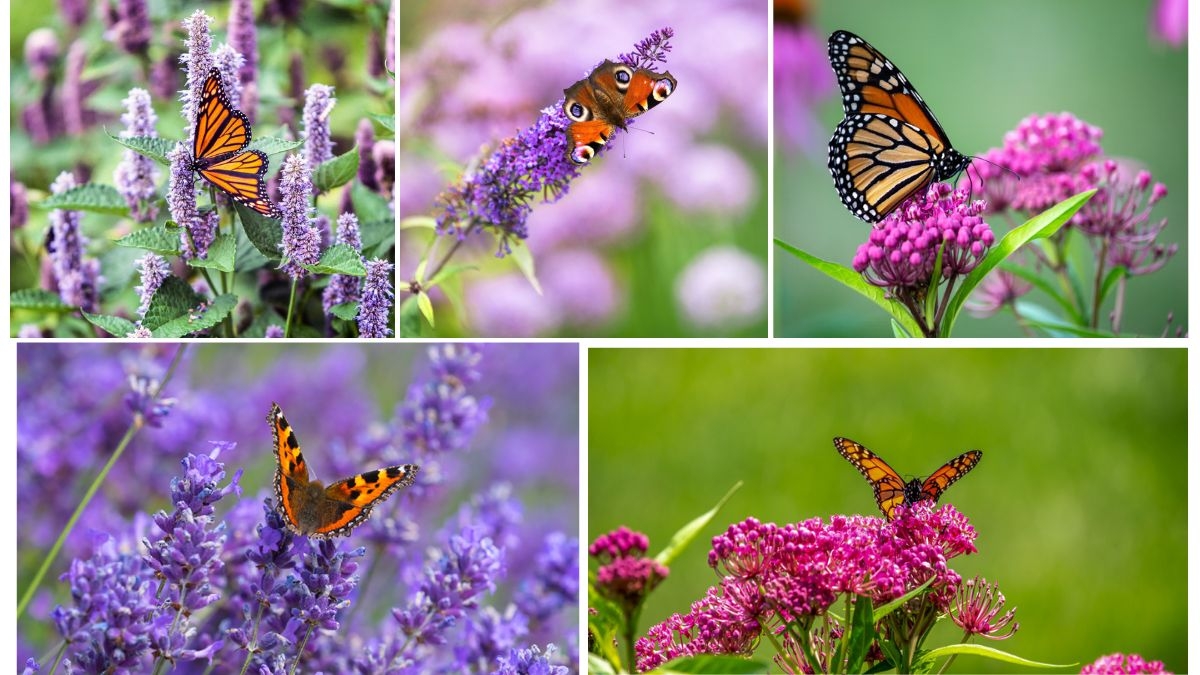

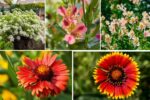
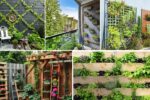
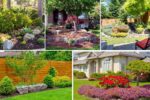
Leave A Comment